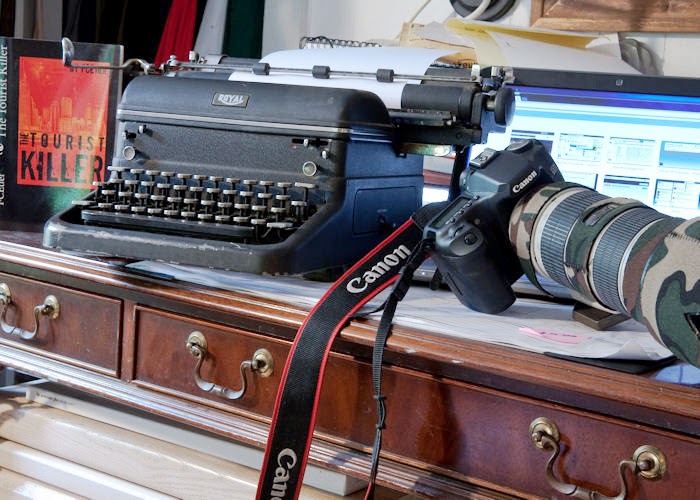
Two articles published recently (this week) about Memorial Day. Please take a moment to click on each link and visit the two sites. There are some similarities, but each article is different.
Blogcritics gave my article there a front page headline on Saturday, 5-28-2010.
The article over at Hubpages is longer and has more photos as well as related merchandise:
I hope these two pieces help you remember those who gave the ultimate for our freedom today. Many times veterans are heard to say, "If you can read this, thank a teacher. If you are reading it in English, thank a veteran." No matter what language you speak today, if you see a veteran, be sure to offer your appreciation.
We often hear that in war, the first casualty is the truth. Regardless of how the politicians behave and the decisions they make, or the motives that drive those decisions, the poor grunt in the trenches and foxholes has to live with them. I choose to honor the men and women in uniform who meet the enemy in person. What becomes of them?

